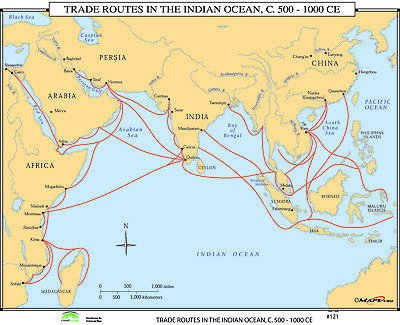Understanding Hindustan: Culture and History

Introduction
The term ‘Hindustan’ holds a significant place in the cultural, historical, and geographical landscape of India. Traditionally used to refer to the greater Indian subcontinent, Hindustan encompasses a rich tapestry of diverse cultures, languages, and histories. In contemporary discourse, the term resonates with national identity and is often interchangeably used with India. Understanding Hindustan is vital not only for appreciating India’s past but also for contextualizing its present-day complexities.
Historical Significance
Rooted in the ancient Persian term ‘Hindu’, Hindustan gradually emerged during the medieval period when it came to denote regions under Muslim rule. It was in the 13th century when the term began to associate more closely with cultural and political identities shaped under various dynasties. Through the ages, Hindustan has witnessed the confluence of various religious ideologies and traditions, forming a quintessential fabric that defines the subcontinent today.
Cultural Diversity
Modern-day Hindustan is a vibrant mosaic of languages, beliefs, and customs. With over 1.3 billion inhabitants, the nation is home to hundreds of ethnic groups and linguistic communities. The richness is further reflected in its festivals, art, music, and cuisine, making Hindustan a microcosm of global diversity. Major festivals, including Diwali, Eid, and Christmas, exemplify the unity amid diversity, with celebrations observed across different regions, transcending religious boundaries.
Current Relevance
In today’s globalized world, the significance of Hindustan cannot be overstated. As one of the fastest-growing economies, India plays a crucial role on the international stage. The concept of Hindustan reflects a spirit of inclusivity and resilience that the country embodies in its economic and social fabric. It serves as a foundation for policies aimed at promoting unity and sustainability while addressing contemporary challenges such as inequality and climate change.
Conclusion
In conclusion, Hindustan represents not just a geographical entity but a concept imbued with historical significance and cultural richness. Understanding Hindustan allows individuals to appreciate the interconnectedness of India’s past, present, and future, emphasizing the importance of unity in diversity. As the nation continues to evolve, the essence of Hindustan will undoubtedly shape and inspire its journey towards a more inclusive and prosperous society.









